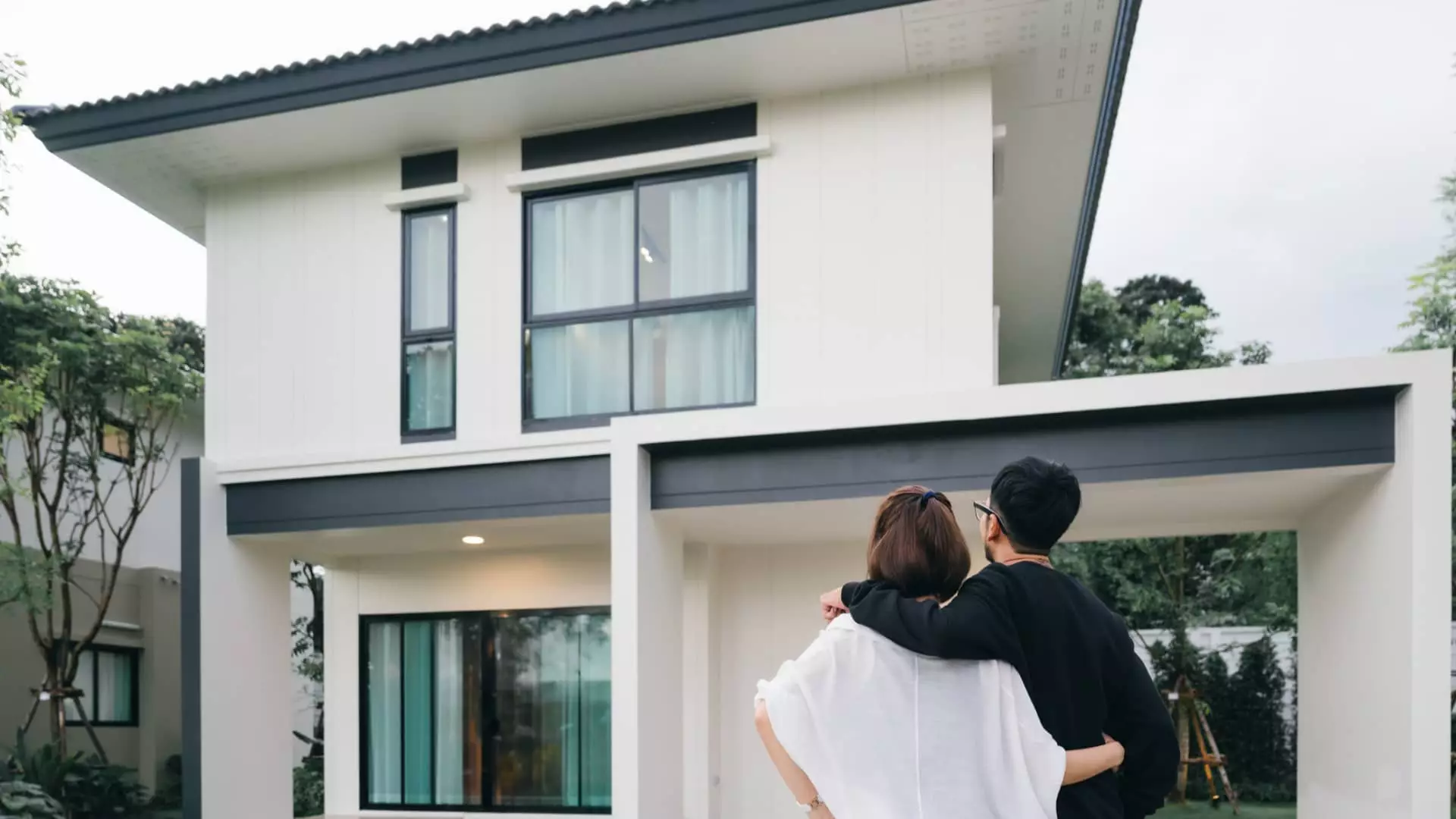The journey to homeownership often begins with the daunting task of saving for a down payment, a process that varies significantly based on location. For instance, in urban areas with soaring real estate prices such as New York City, prospective homebuyers can find themselves on a lengthy savings trajectory — sometimes taking over a decade to gather the necessary funds. A recent report from RealtyHop reveals that the required 20% down payment for a median-priced home, which stands at approximately $865,000, can amount to $173,000. In particular, buyers in New York may face an estimated savings period stretching up to 10.85 years, reflecting both the area’s costly housing market and median household income levels.
Understanding the wide-ranging implications of real estate prices across the United States is essential. RealtyHop’s assessment highlights the disparity in the “barrier to homeownership” faced by residents in different cities. Potential homeowners in cities like Detroit are fortunate; they can save for a down payment in as little as 2.53 years due to the relatively low median home price of around $100,000. In stark contrast, this savings timeline expands dramatically in cities with elevated housing costs — an important consideration for prospective buyers, particularly first-time homeowners.
Moreover, familial obligations can further complicate the savings process. A separate study by Zoocasa identifies a significant correlation between family size and the time it takes to save for a down payment. Households with children often find themselves facing financial burdens, leading to prolonged timelines. The report indicates that buyers with children in Detroit might need as long as 20.3 years to save for a 20% down payment. This stark reality underscores the financial pressure of child-rearing, which can severely hinder one’s ability to accumulate the necessary funds for homeownership.
Conversely, child-free individuals can achieve this goal much quicker. In the same city, those without children could potentially gather a similar amount in approximately 4.2 years. This discrepancy emphasizes the crucial role that personal circumstances play in navigating the complexities of home buying.
Rising home prices present another formidable obstacle on the path to homeownership. Jacob Channel, an economist with LendingTree, notes that as the cost of real estate increases, so too does the down payment requirement. This inflationary trend is particularly apparent in cities like Los Angeles, where the median home price climbs to about $1.13 million, leading to a staggering down payment of roughly $226,000. Here, a typical household’s monthly savings goal would soar to approximately $1,339, extending the savings period to around 14.10 years. Hence, the geographic location remains a pivotal factor influencing the timeline towards homeownership.
Given these regional differences, potential buyers must remain cognizant of not only home prices but also additional costs associated with buying a home. Many financial institutions offer mortgage options requiring smaller down payments, a strategy that allows homebuyers to acquire property more swiftly. Programs such as those offered by the Department of Veterans Affairs and the U.S. Department of Agriculture may permit buyers to purchase homes with zero down payment, alleviating some of the financial burdens. However, it’s essential to recognize that opting for a smaller down payment can lead to larger monthly mortgage payments.
As individuals assess their path to homeownership, establishing realistic savings goals is crucial. Financial planners often suggest developing a comprehensive household budget that outlines income, expenses, and potential savings strategies. Understanding the local housing market and its associated costs is also vital. Assessing average closing costs, which can vary significantly, adds another layer of financial planning that cannot be overlooked. Closing costs can range from 2% to 6% of the loan amount, contributing to the overall budget of prospective homebuyers.
The timeline for saving a down payment varies widely based on geography, family dynamics, and the evolving landscape of real estate pricing. Armed with appropriate financial knowledge and strategic planning, individuals can navigate this intricate journey toward homeownership at their own pace. As experts advise, setting attainable goals and understanding personal circumstances can empower buyers to make informed decisions, ultimately achieving their dream of owning a home.


Leave a Reply